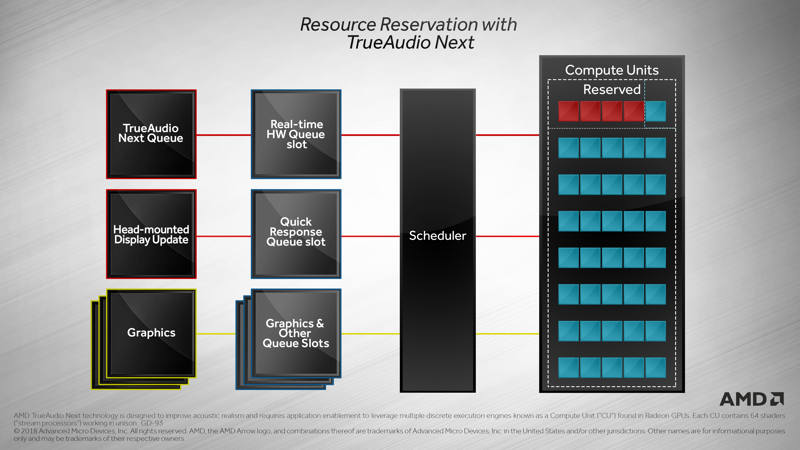Okay but then you'll balloon your texture size 20x and 40x fold depending what compression you are using
Most games as I understand it today have 2K textures.
Not to mention, at 8K textures (you said we should be 5x 4K for oblique angles resolution in your earlier messaging, so really we should be talking about 16K textures which are 80x and 160x larger than 2K textures)
PS5's SSD solution can only manage at maximum
at most 140 MB per/frame at 60fps compressed information.
so using your math, 80MB * 0.17 = is still 13 MB. Even at an oblique angle at MIP 0.
10 of those and you've used your whole budget. I have doubts. We're not even started on 16K textures or how large a footprint this would be on 825GB hard drive.
X1X is about 40x faster drive. That means you jump to 8K textures, we basically have the same loading and streaming issues we have today, still slightly better though (2x better loading and streaming still around). PS5 you jump to 16K textures, we basically have the same loading and streaming issues we have today. Loading times would be identical by pushing to these values. Goodbye instant loads.
TLDR; even if I got nearly everything wrong.
Moving to 16K textures as per your suggestion is 64x larger in size than 2K textures. You've ballooned the load by 64x.
The PS5's 100x speed improvement over existing hardware has been reduced significantly. At 50x you may have had enough there to still reduce the frame time in 1/2. But you can't at 16K texture sizes.
Choose 1:
Instant loads + just in time streaming
or massively insane texture sizes.
You can't do both. The realistic place for both consoles to sit is around 4K and 8K texture resolution.
Even then, if the goal is to have 60 fps, bandwidth restrictions will be even tighter. I'm not sure what AF settings would be at 8K texture resolution.
Resolution / # of MIPS / DXT 1/ DXT 5

That's all cool and stuff.
But do you remember that for oblique angles the mip 0 is used on a pretty small portion of the screen?
All the farther pixels will use higher mips.
That's why if you could possibly load just a part of the texture, tiny part of that 16K, the life will be so much easier... wait, that's what SFS does. Is it not?



